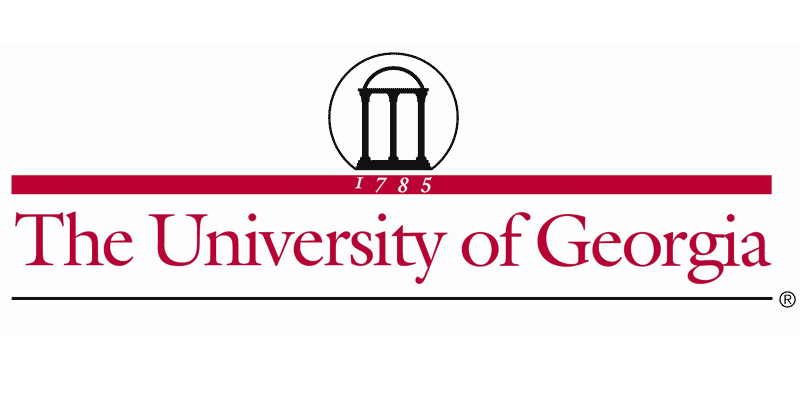This project is part of a larger small-group study to evaluate the variability associated with operator-associated variability in measuring released glycans from a monoclonal antibody sample. The University of Georgia plans to introduce ion mobility (IM) coupled to mass spectrometry (MS), which offers substantial improvement in glycan characterization based on the capability of IM to resolve isomeric glycans prior to MS measurements.
This project will utilize a Waters Synapt system, including an Acquity UPLC I-Class Plus LC and an Acquity UPLC Fluorescence Detector. The IM technology available on the Waters Synapt system is an orthogonal separation technique that can separate isomeric ions by the differences in their collisional cross sections, which are dependent upon their geometries and in turn are based upon their bond connectivity. Therefore, linkage isomers that coelute in the chromatography have identical mass and fragmentation with MS/MS will be distinguished, quantified, and separated using IM. This approach will be used to measure and quantitatively evaluate the glycan profile of a reference monoclonal antibody using glycan standards as well as the glycan profile of a reference monoclonal antibody where the release was performed at a central laboratory.
Project steps:
Following completion of this project, the Waters Synapt system, including an Acquity UPLC I-Class Plus LC and Acquity fluorescence detector, will be available on a priority basis for NIIMBL-related technology and workforce activities, within any necessary constraints of the host institution, to be negotiated with NIIMBL.
Login to the NIIMBL member portal to access more, including:
Not yet a member? Learn more about which level of NIIMBL membership is right for you and your organization.

University of Georgia Research Foundation